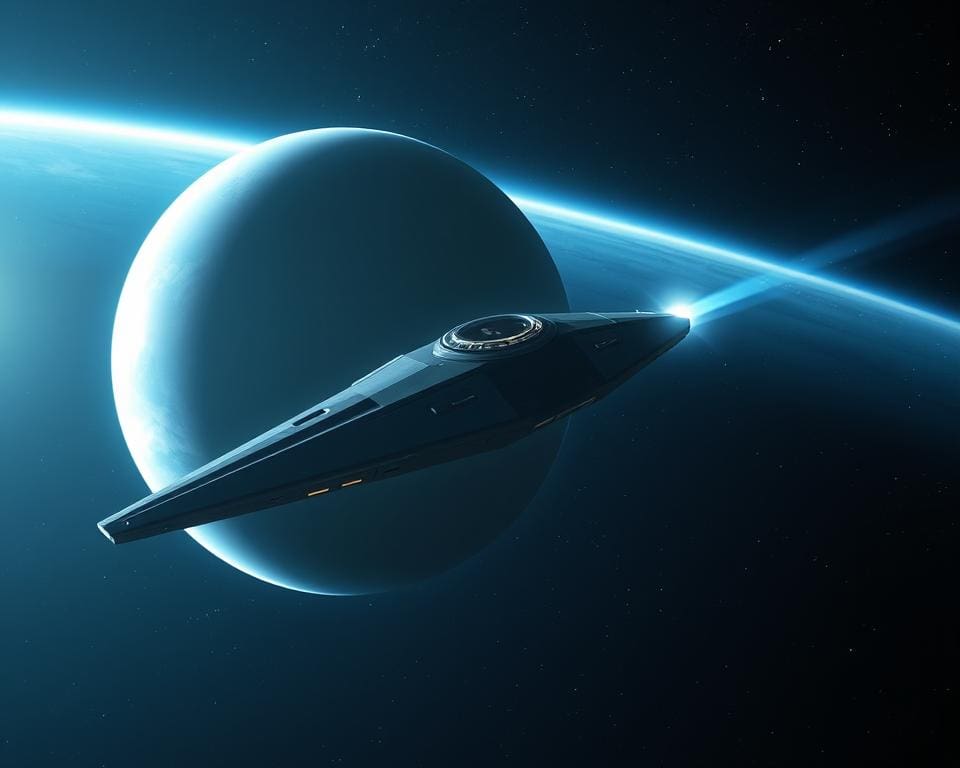The quest to explore distant worlds has captivated humanity for centuries, and the exoplanet K2 18B, located approximately 1,200 light-years away, offers an enthralling target for future interstellar missions. As we contemplate the travel time to K2 18B, it becomes clear that current spacecraft technology presents daunting challenges; indeed, the duration of journey to K2 18B could extend to tens of thousands of years. However, emerging scientific advancements may pave the way for more efficient propulsion methods that could significantly reduce K2 18B trip duration. This exhilarating adventure into the cosmos incites a profound sense of wonder and ambition as we look toward the stars.
The Fascinating Journey to K2 18B
K2 18B, a remarkable exoplanet discovered by the Kepler spacecraft, has ignited eager discussions among scientists and space enthusiasts alike. It holds a special significance due to its Earth-like size and placement within its star’s habitable zone. As researchers dive deeper into the characteristics of K2 18B, they contemplate the potential for life and the implications of interstellar exploration.
The time needed to reach K2 18B poses a considerable challenge for humankind. Currently, the average K2 18B travel time could take decades, if not centuries, depending on the technology employed. Understanding the parameters of such a journey involves delving into theoretical physics, space travel concepts, and even the intricacies of cosmic distances. The K2 18B travel duration reflects our ambitions as a species, pushing the boundaries of what is possible.
The Significance of K2 18B as an Exoplanet
K2 18B stands out not just for its size, but for the insights it brings into the search for life beyond Earth. Situated at the right distance from its star, it has the potential to support liquid water, a critical ingredient for life. As scientists uncover more about K2 18B, the excitement surrounding its exploration grows, fuelling new theories in astrobiology and planetary science.
The Science Behind Interstellar Travel
While dreaming of journeys to K2 18B, humanity must grapple with the physics of space travel. The vast distances involved require innovative technology and an understanding of Einstein’s theories on relativity. Concepts such as faster-than-light travel spark imagination, yet remain theoretical. The conversation about K2 18B is not merely about distances; it also revolves around the discovery of methods that could one day make such ventures feasible.

Understanding the Distance to K2 18B
The extraordinary distance to K2 18B, located approximately 1,200 light-years from Earth, presents a remarkable challenge for future space exploration. Understanding this measurement is crucial for comprehending the journey duration to K2 18B. To put it into perspective, one light-year equates to about 5.88 trillion miles, meaning astronauts would face an unfathomable distance if they aimed to embark on a K2 18B trip duration that could span decades or even centuries with our current technological capabilities.
Various concepts for travel are being explored, including nuclear propulsion systems and theoretical technologies that strive for a fraction of the speed of light. The potential of these systems could significantly reduce the K2 18B travel time, transforming what was once merely a dream into a tangible possibility for humankind. For instance, a spacecraft capable of achieving 10% of light speed could shorten the journey to just over 12 years—an immense leap compared to traditional propulsion methods.
However, such advancements raise questions regarding human biology and the effects of long-duration space travel. The implications on time perception, psychological well-being, and physical health must be addressed. As we gather knowledge from various scientific fields, the hope is to lay a robust foundation for future missions that dare to venture beyond the confines of our solar system and towards distant worlds like K2 18B.









